Why Memphis Industrial Is Booming: A Builder’s View
ARCO Design/Build’s Joel Olson on what’s driving growth in this market.

With the largest development pipeline in the country as of May, Memphis, Tenn., is one of the most active industrial markets, according to a recent Yardi Matrix report. Its central location, multimodal infrastructure and major investments are turning the metro into a hub for advanced manufacturing, cold chain logistics and tech-driven industrial development.
To explore how this transformation is unfolding, we spoke with Joel Olson, vice president at ARCO Design/Build’s Memphis division. The Atlanta-based company has delivered hundreds of millions of square feet nationally and millions in the Home of the Blues, leveraging a design-build model that banks on speed, cost certainty and adaptability.
READ ALSO: Memphis Industrial Development Outshines Most US Markets
Memphis’ pipeline is the largest in the nation as a percentage of stock. In your opinion, what factors have contributed to this level of development activity?
Olson: Memphis has become a national leader in industrial development due to a powerful combination of geography and infrastructure. The city sits within a day’s drive of 70 percent of the U.S. population—with trucks able to reach 36 percent of the country overnight and 75 percent within two days. (It) hosts FedEx’s global hub, connects to five Class I railroads and provides Mississippi River access.
Two major investments are transforming the market. Elon Musk’s xAI is building a supercomputing facility that positions Memphis as part of the emerging ‘Digital Delta’ tech corridor. Ford’s $5.6 billion BlueOval City is creating a regional manufacturing ecosystem. These projects aren’t just consuming industrial space—they’re redefining Memphis as a logistics and innovation hub.
What role has ARCO Design/Build played in supporting this wave of industrial development in the area?
Olson: We’ve built more than 9 million square feet in Memphis, with 4 million of that delivered in just the past five years. That rapid pace isn’t accidental and neither is our team’s growth from three to over 10 professionals since we established our Memphis presence in 2020.
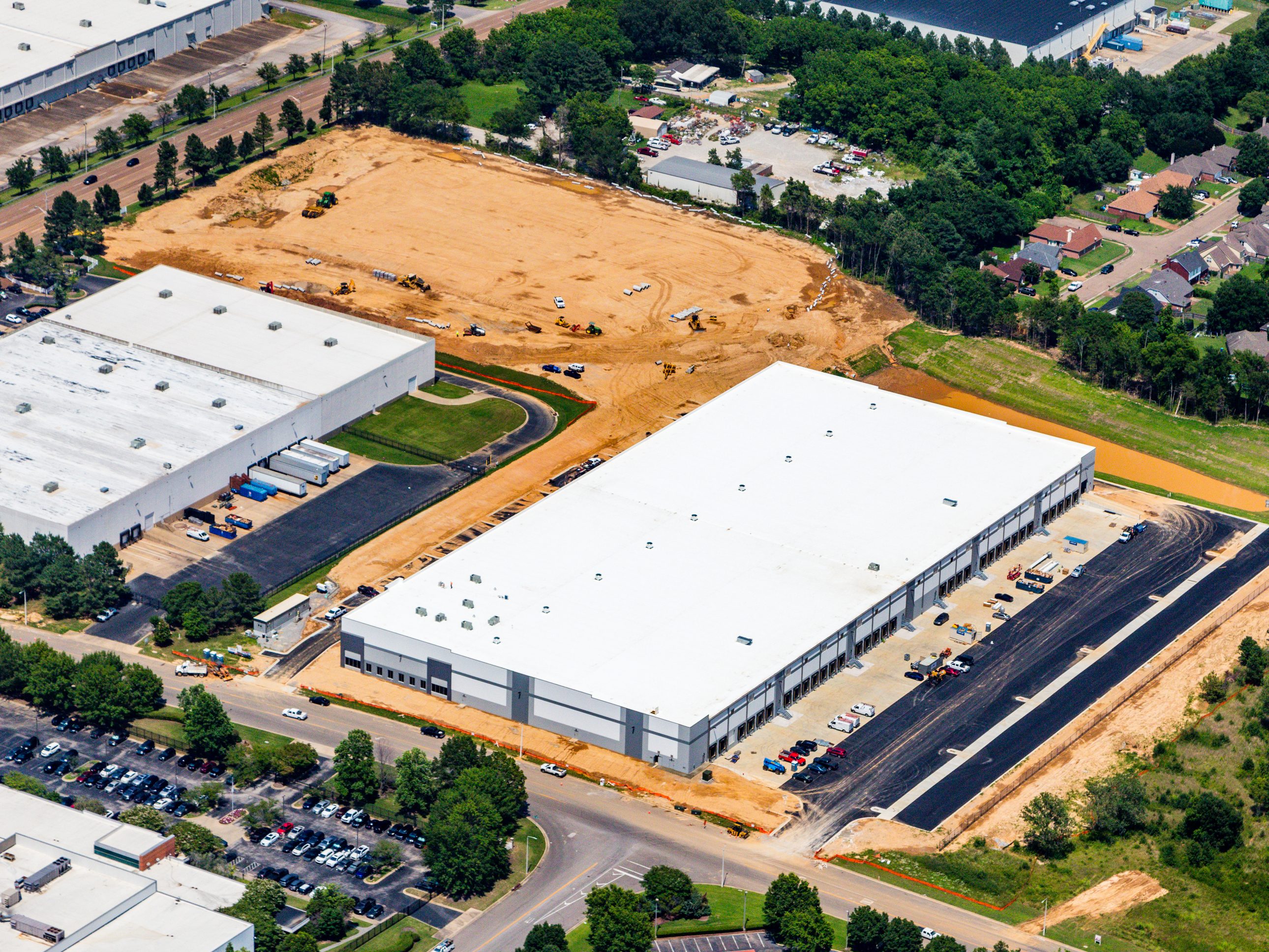
Our design-build model eliminates the typical owner-architect-contractor triangle that slows projects and creates finger-pointing when issues arise. Instead, clients get one team, one contract, one point of accountability. Our lump sum pricing gives clients cost certainty from day one—no change orders or budget surprises that plague traditional bid projects.
For example, on Project Purple, we delivered the facility four full months ahead of what a traditional design-bid-build approach would have achieved. This accelerated timeline was critical for the client’s operational launch and demonstrated the real-world value of our integrated approach.
What really sets us apart is our Memphis market intelligence with national resources. We’re one of 50 ARCO offices, so we bring knowledge from across the country while understanding the local nuances.
How have tenant requirements evolved in Memphis, and how is that influencing the way your facilities are designed and delivered?
Olson: Tenant requirements have evolved rapidly, driven by the need for flexibility, speed to market and operational efficiency. Today’s tenants—whether they’re e-commerce giants, manufacturers or cold chain operators—expect facilities that can adapt as their business needs change.
We’re designing more speculative buildings with 36-foot-plus clear heights, wide column spacing and open floorplans that support various racking, automation or manufacturing layouts. Speed is critical with supply chains moving faster than ever. Our design-build approach, combined with front-loaded site intelligence, lets us deliver projects on aggressive timelines, sometimes shaving months off traditional schedules.
Environmental considerations are now front and center. Tenants want energy-efficient lighting, solar-ready roofs and advanced HVAC systems. Automation and robotics are reshaping requirements too, influencing everything from floor flatness to power supply and data connectivity. We’re increasingly designing for specialized needs: multi-temperature zones for cold storage, clean rooms for pharma and heavy power for center support tenants.
READ ALSO: Industrial Wellness: Is It Here to Stay?
Which of these requirements are most in demand right now?
Olson: Several features are consistently in high demand. Clear heights of 36 feet or more top the list to maximize storage and accommodate modern racking systems and automation. ESFR sprinkler systems provide enhanced fire protection for high-piled storage and insurance compliance. Wide column spacing enables flexible racking layouts and efficient material handling.
Large truck courts and ample parking accommodate increased trailer storage and employee vehicles, especially for e-commerce and logistics users. Robust utility infrastructure—sufficient power, water and data connectivity—supports automation, robotics and specialized uses. Energy efficiency through LED lighting, insulated panels, solar-ready roofs and advanced HVAC systems is now standard.
Smart building technologies are becoming the norm: real-time monitoring, access control and automation systems, especially for tenants with advanced operational needs. Many tenants also want move-in-ready office areas integrated into the warehouse footprint.
Are you also seeing shifts in the types of industrial tenants looking for space in Memphis? Is there increased interest for cold storage, manufacturing, e-commerce or other subsectors?
Olson: Absolutely. Memphis is experiencing significant diversification beyond traditional logistics and distribution. We’re seeing a cold storage growth driven by demand in pharmaceutical, life science and specialty food sectors. These projects require multi-temperature zones, advanced refrigeration systems and strict regulatory compliance—making them much more complex to design and build.
Our most recent cold storage project has been the PFG facility, where we had to navigate Memphis’ unique temperature and humidity challenges. The complexity came from designing thermomass walls with freezer compartment being located at two exterior walls—a technical challenge that requires precise engineering to maintain temperature integrity while dealing with Memphis’s climate conditions.
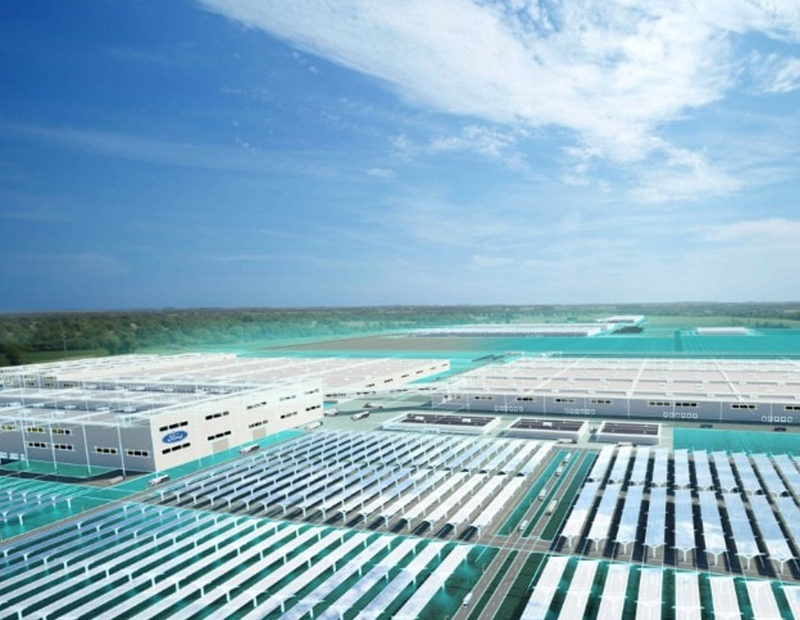
The Ford BlueOval City effect is driving automotive supplier activity, while our infrastructure attracts advanced manufacturing and aviation tenants. E-commerce remains strong, with tenants seeking large, high-throughput distribution centers optimized for rapid order fulfillment.
The city’s logistics advantages are drawing pharmaceutical and life science companies which require specialized facilities with clean rooms, temperature control and enhanced security.
The emerging ‘Digital Delta’ corridor has created additional demand for data centers and the specialized manufacturers and logistics operators that support them. These tenants need buildings with heavy power, advanced cooling and secure access. The xAI supercomputing facility exemplifies why Memphis is attracting data centers—our combination of affordable land, reliable power infrastructure and available space makes us competitive nationally for these facilities.
Memphis is no longer just a distribution hub—it’s becoming a center for advanced manufacturing, cold chain logistics and tech-driven industrial uses. Our Memphis office’s robust pipeline for 2025 spans Tennessee, Mississippi and Arkansas, reflecting this diversification.
READ ALSO: Manufacturing’s Comeback Gains Ground
What are some of the main development challenges in the metro and how do you approach them?
Olson: The biggest challenge isn’t what most people think—it’s not just labor materials. It’s information. Developers often underestimate site complexities, permitting nuances or utility timelines because they don’t have deep local knowledge.
We mitigate this through what I call ‘front-loaded intelligence.’ Before we even submit drawings, we’re meeting with utility companies, understanding soil conditions and mapping out the permitting pathway with each jurisdiction.
Besides that, are there any innovations that you’ve implemented at your industrial projects in the area?
Olson: We’re not just using technology—we’re using it strategically to solve Memphis-specific challenges while leveraging knowledge from our 50-office national network. Our digital twin modeling lets us run ‘what-if’ scenarios before construction starts.
The drone surveys are game-changing for larger sites. But the real innovation is our real-time project tracking platform. Clients can see exactly where their project stands at any moment and we can spot potential delays weeks before they become problems.
What’s unique is how we share innovations across our national network. A solution we develop for a Memphis cold storage project might help an aviation client in another market and vice versa. The key is integrating these tools into our design-build process from day one, not bolting them on afterward. That’s how we’re consistently delivering projects faster than (by using) traditional methods.
READ ALSO: U.S. Industrial Completions
Memphis is one of the most affordable industrial markets in the U.S. How does the pricing landscape affect your approach to design-build projects?
Olson: That pricing dynamic is both an opportunity and a challenge. The opportunity is obvious—companies can get more building for their dollar here than almost anywhere else. The challenge is that lower rents mean developers need maximum construction efficiency to make projects pencil.
That’s where our lump-sum pricing model becomes crucial. We focus on being the most predictable bidder rather than simply the cheapest. In a market where margins are tight, budget surprises kill deals. We also design for future value, not just today’s rent. That forward-thinking approach helps our clients maximize their investment even in an affordable market.
Looking ahead, what do you see as the greatest opportunities for industrial development in the Memphis area?
Olson: Memphis is at an inflection point with unprecedented industrial development opportunities. We’re well-positioned for continued growth in last-mile logistics, advanced manufacturing and tech-driven industrial uses. The region’s affordability, infrastructure and proximity to major population centers make it ideal for companies regionalizing their supply chains.
What excites me most is the sophistication level rising. We’re moving beyond basic warehouses to facilities that support pharmaceutical manufacturing, life science research and aviation components. These sectors demand technical expertise that plays to our strengths as a design-build firm with national reach and local knowledge.
2025 is poised to be one of our strongest years in Memphis yet, and frankly, I think we’re just getting started.

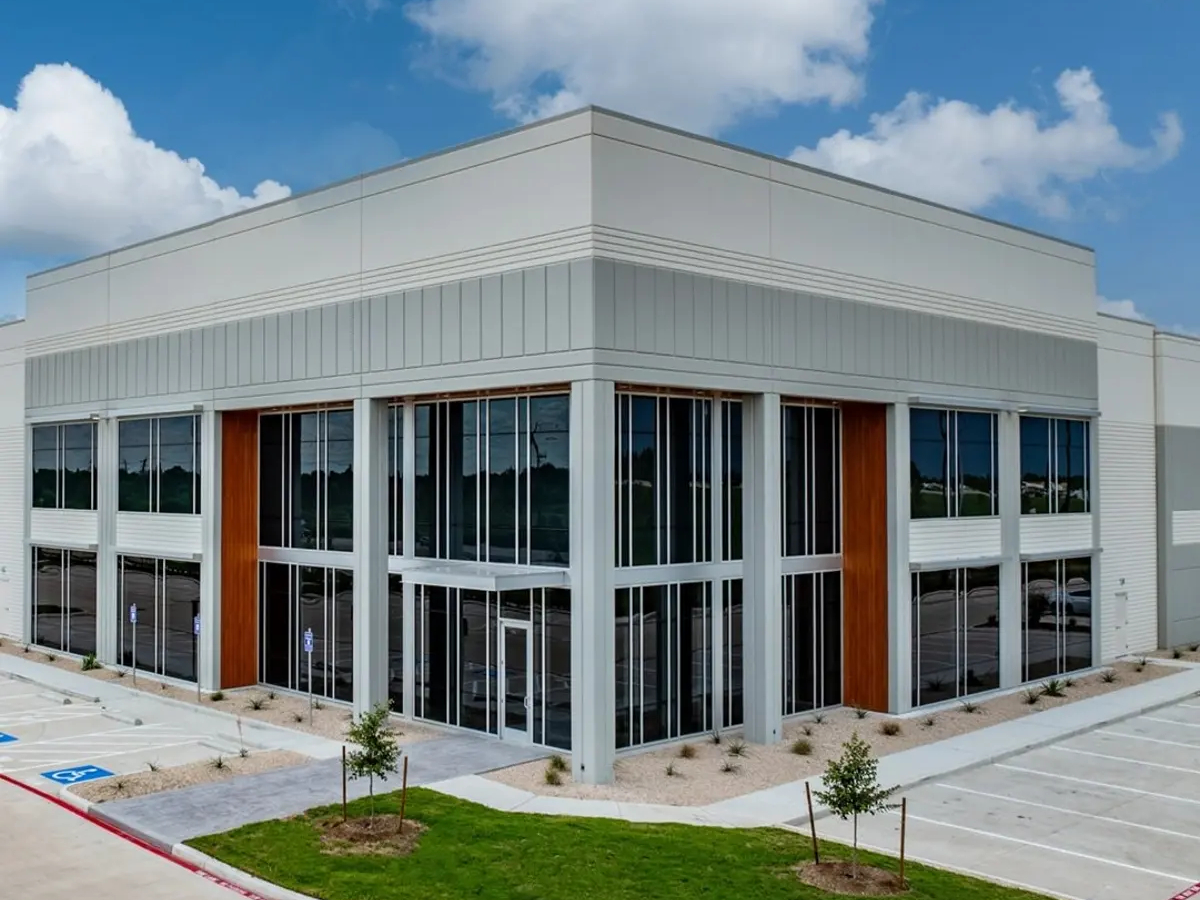
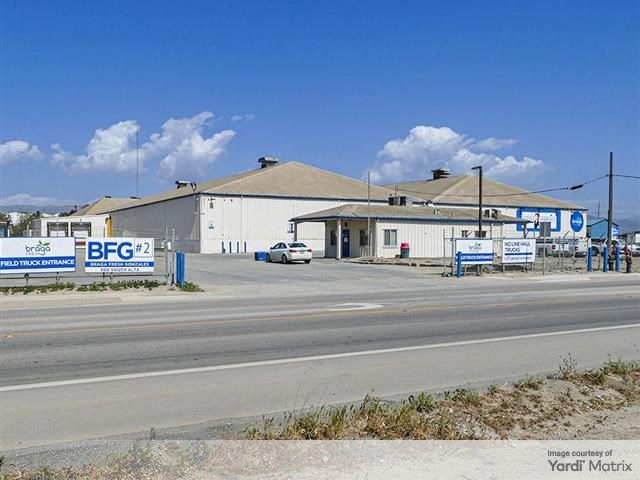


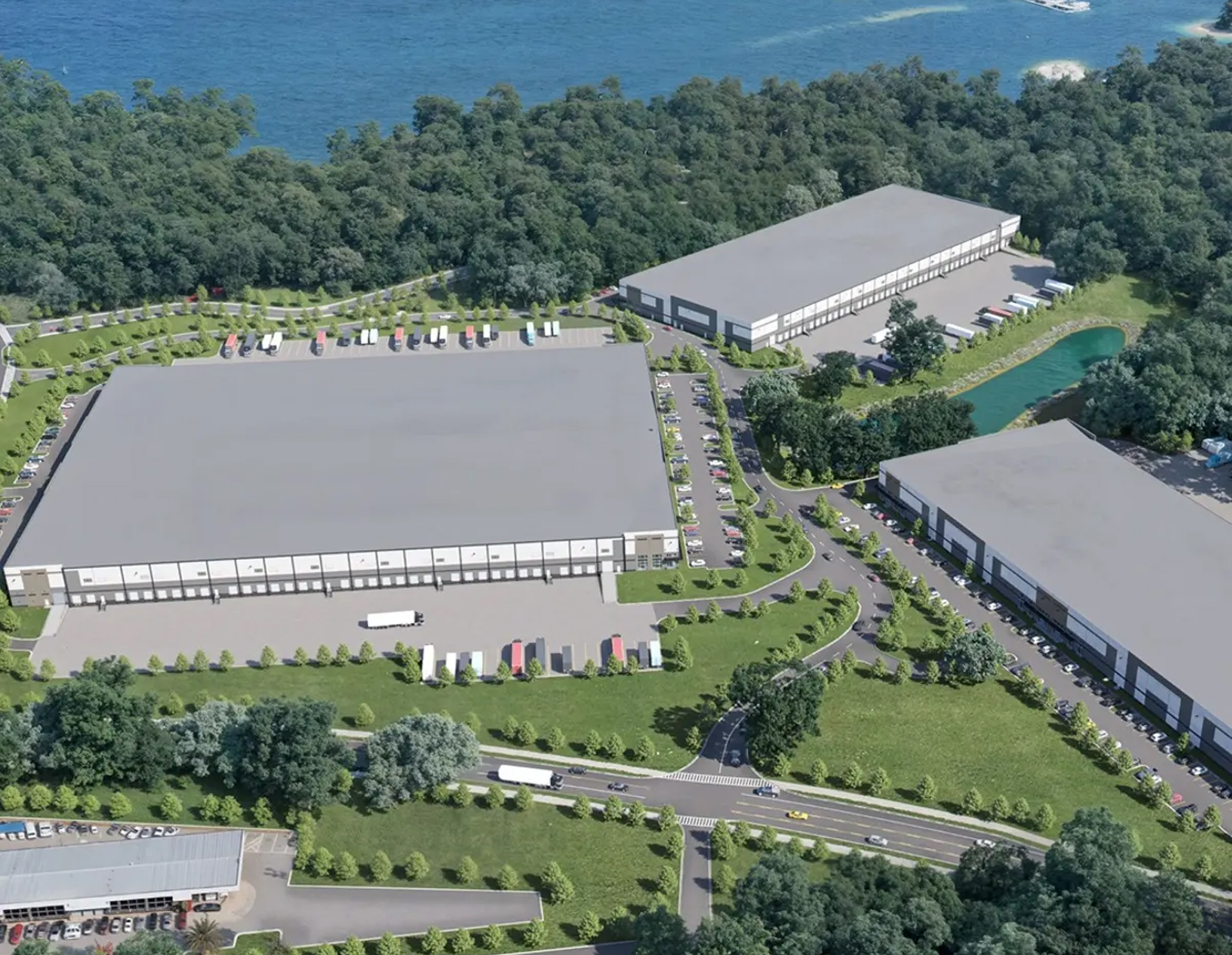
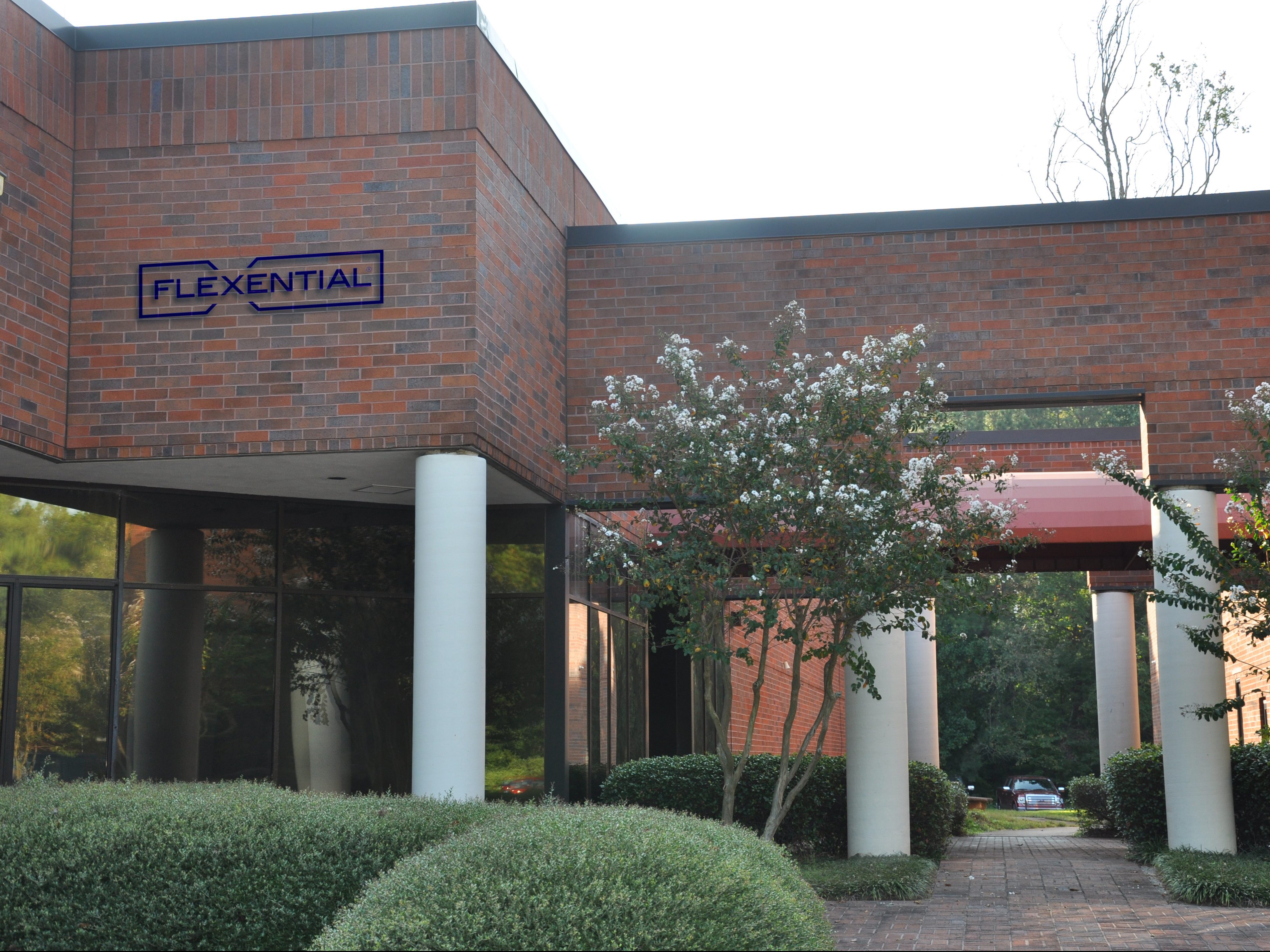
You must be logged in to post a comment.